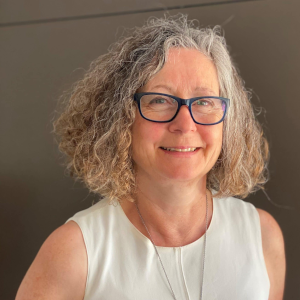Actions for podiatrists
What do we stand to learn? These issues are relevant to all health practitioners who work with older people. As podiatrists, we have a unique opportunity to learn from the experience of older people and to understand how ageism is embedded in society. If we want to open up the conversation and change the narrative with our clients, colleagues, family and friends, then we can take the first step to develop an awareness of ageism and the impact of negative stereotypes.
In fact, this might be just the thing to liven up podiatry consults and shift the conversation from religious holidays and surgical procedures! If you consider yourself as a holistic practitioner, it’s relevant to think about the relatively hidden impact of ageism on the health and wellbeing of your older clients. Consider how empowering such a conversation might be.
How old do you feel?
A person’s chronological age represents the number of years they have lived, yet age may also be assessed by measuring age-related biomarkers such as grip strength. A person’s response to the question “How old do you feel, most of the time?”, is indicative of their subjective age.
A person’s experience of ageing, however, is far more complex. Age, and the expectations associated with being an older member of the community, has an element of social construction. That is to say, the shared meaning of ‘older’ is created through social interactions.
The three ageism predictors
What is ageism? According to the WHO, ‘Ageism is the stereotyping of and discrimination against individuals or groups based on their age. Ageism can take many forms, including prejudicial attitudes, discriminatory practices, or institutional policies and practices that perpetuate stereotypical beliefs.’
Research has shown that these three ageism predictors adversely affect health outcomes for older people:
- Age discrimination: detrimental treatment of older persons
- Negative age stereotypes: negative beliefs of older persons about older people in general, and;
- Negative self-perceptions of ageing: negative beliefs of older persons about their own ageing.
It is also useful to note that ageism operates in two ways:
Consider for example, whether your referrals for older clients are managed by the doctor as efficiently or appropriately as you would expect for a younger person. It may be that you need to be the advocate for an older client to ensure that they receive a diagnostic investigation.
The effect of negative stereotypes
I clearly recall instances of sad frustration with my dear mother when she would give up trying to do a simple task because of her perception of being, ‘just a stupid old lady’. Mum was only 81 when she died several months after a serious fall but she had bought into the ‘ageing equals decline’ narrative, quite sometime earlier.
Studies show that ageism is significantly associated with physical illness; mental illness; cognitive impairment; poor quality of life and wellbeing; and reduced lifespan. Added to this, negative self-perceptions of ageing are reinforced by ageism in society. Older people often adopt negative self-perceptions and this is damaging not only to their self-esteem and self-confidence but also to their health and wellbeing.


